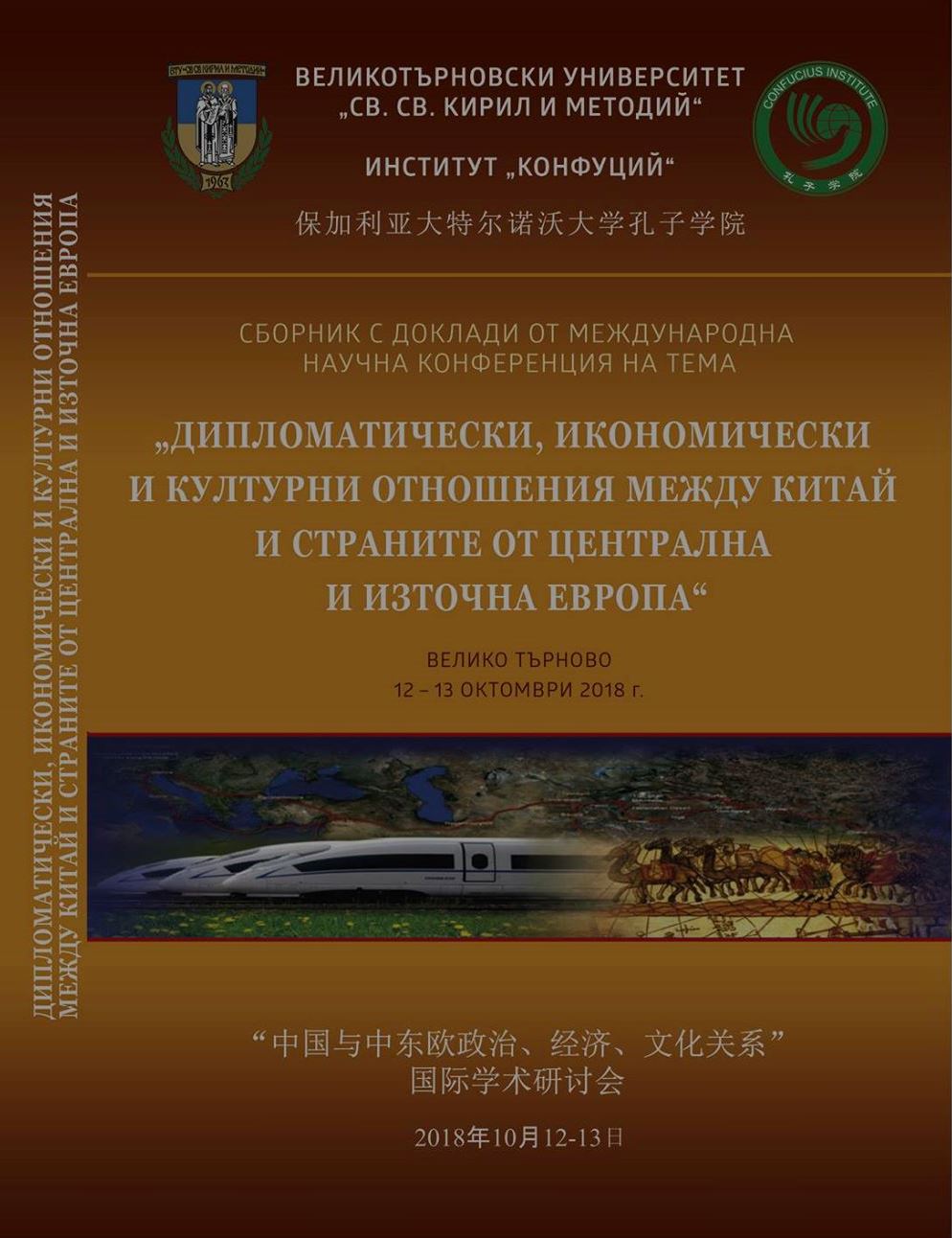An Analysis of Wushu's Development in Central and Eastern Europe
An Analysis of Wushu's Development in Central and Eastern Europe
Author(s): Borislava LechevaSubject(s): History, Theatre, Dance, Performing Arts, Fine Arts / Performing Arts, Cultural history
Published by: Великотърновски университет „Св. св. Кирил и Методий”
Keywords: Wushu; Chinese martial arts; Central and Eastern Europe; 16+1 Format
Summary/Abstract: The study analyses the development of Wushu in CEE from a sports perspective. Its purpose is to identify the leading forces and the most popular styles in Wushu among Central and Eastern European countries. The analysis is based on the medal distribution and participation rate of major World and European championships held between the years of 2012-2017. The findings show that Romania and Poland dominate on the Wushu carpet, while Wushu in the West Balkan countries is still to be developed. Sanda and Changquan are the best liked events in Sports Wushu, whereas Tai Ji Quan is the most enjoyed event in traditional wushu competitions. The study is of importance due to the ever growing significance of the 16+1 Format and its various aspects and development strategies.
- Issue Year: 4/2019
- Issue No: 1
- Page Range: 207-213
- Page Count: 7
- Language: English

